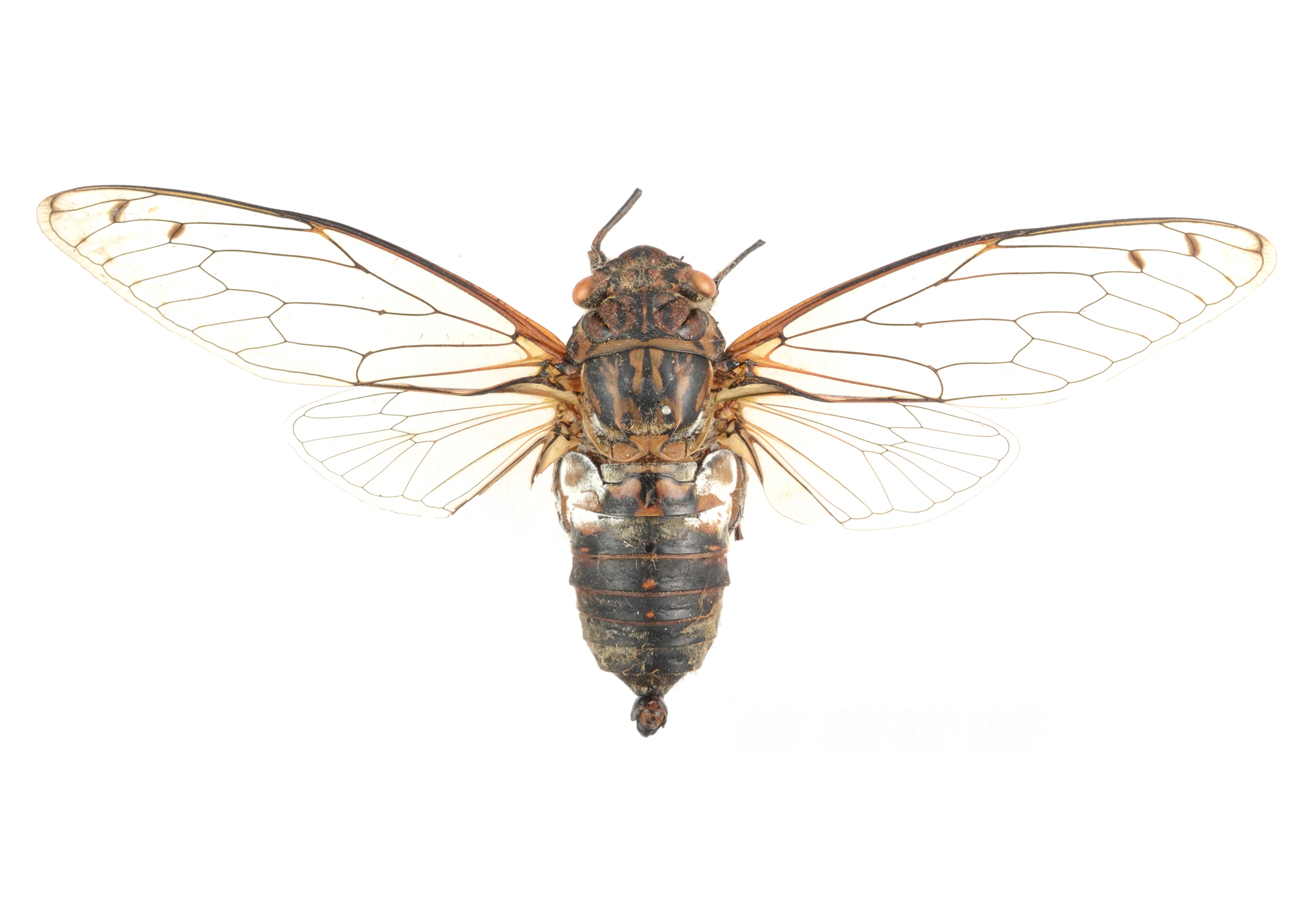Abstract
The family Gnaphosidae consist of 158 genera and 2530 species worldwide. In South America there are 35 genera (World Spider Catalog 2019) considering Apopyllus Platnick & Shadab, 1984, a small genus of ground hunting spiders (Cardoso et al. 2011) that includes ten American species, of which eight have been recorded from southern South America. Their known distribution ranges from southern Mexico through Colombia, Bolivia, Perú, Chile, Brazil and Argentina (World Spider Catalog 2019). In Paraguay, the genus was first mentioned in an invertebrate checklist (see Kochalka et al. 1996). First studies on the genus and its taxonomic placement were made by Platnick & Shadab (1984), and more recently a revision of the genus was undertaken by Azevedo et al. (2016), including four new Brazilian species. Even though the external appearance of Apopyllus is similar to other gnaphosids, specifically taking into consideration the Echemus group, spiders with plain colored abdomens, sometimes presenting chevrons in the opisthosoma, and with developed scutum in males (Murphy 2007), females and males can be differentiated by the more elaborated and intricated genitalia structures (see Azevededo et al. 2016). Apopyllus is most similar to Apodrassodes Vellard, 1924 both having a similar elongate embolus (Fig. 3e) and a membranous tegular extension (Fig. 3d) (Platnick & Shadab 1984), and to the genera Nopyllus Ott, 2014, but differ from the later by the presence of a scutum (Fig. 3a) in males and by the presence of a median apophysis (Fig. 3e) on the bulb (Ott, 2014).
References
Adobe® (2010) Photoshop CS5 Extended™. Version 12.0. Program for Microsoft Windows™. [software]
Azevedo, G.H.F., Ott, R., Griswold, C.E. & Santos, A.J. (2016) A taxonomic revision of the ground spiders of the genus Apopyllus (Araneae: Gnaphosidae). Zootaxa, 4178 (3), 301–327.
https://doi.org/10.11646/zootaxa.4178.3.1
Cartes, J. (2006) El Bosque Atlántico en Paraguay, Biodiversidad, Amenazas y Perspectivas. State of Hotspost Series. Conservation Internacional/Center of Applied Biodiversity Science/Guyra Paraguay, Asunción, 236 pp.
Cardoso, P., Pekár, S., Jocqué, R. & Coddington, J.A. (2011) Global Patterns of Guild Composition and Functional Diversity of Spiders. PLoS ONE, 6 (6), e21710.
https://doi.org/10.1371/journal.pone.0021710
Cacciali, P. (2013) Diversidad y selección de hábitat de la fauna de serpientes en Kangüery (Área para Parque San Rafael). Boletín del Museo Nacional de Historia Natural del Paraguay, 17, 29–39.
Esquivel, M.A., Peris, S., Fraga, R., Clay, R., Bodrati, A., Del Castillo, H., Klavins, J., Velazquez, M.C. & Madroño, A. (2007) Status of the avifauna of San Rafael National Park, one of the last large fragments of Atlantic Forest in Paraguay. Bird Conservation International, 17 (4), 301–317.
https://doi.org/10.1017/S095927090700086X
Helicon Soft Ltd® (2016) Helicon Focus™. Version 6.7.1. Program for Microsoft Windows™. [software]
Google LLC® (2018) Google Earth Pro™. Version 7.3.2.5491. Program for Microsoft Windows™. [software]
Kochalka, J., Torres, D., Garcete, B. & Aguilar, C. (1996) Lista de invertebrados de Paraguay pertenecientes a las colecciones del Museo Nacional de Historia Natural del Paraguay. In: Romero Martínez, O. (Ed.), Colecciones de Flora y Fauna del Museo Nacional de Historia Natural del Paraguay. MNHNP, Asunción, pp. 69–283.
Levi, H.W. (1965) Techniques for the study of spider genitalia. Psyche, 72, 152–158.
https://doi.org/10.1155/1965/94978
López, C., Mandelburger, D., Vera, V., Jackelen, H., Ferreiro, O., Speranza, Y. & Salas, D. (2007) Informe Nacional, Áreas Silvestres Protegidas del Paraguay. Secretaría del Ambiente/Programa de las Naciones Unidas para el Desarrollo/Global Environmental Finance, Paraguay, 75 pp. Available from: http://www.mades.gov.py/wp-content/uploads/2018/06/Informe_sinasip_2007.pdf (accessed 30 November 2018)
Murphy, J.A. (2007) Gnaphosid genera of the world. British Arachnological Society, St Neots, 697 pp.
Ott, R. (2014) Nopyllus, a new South American Drassodinae spider genus (Araneae, Gnaphosidae). Iheringia. Série Zoologia, 104(2), 252–261.
https://dx.doi.org/10.1590/1678-476620141042252261
Platnick, N.I. & Shadab, M.U. (1975) A revision of the spider genus Gnaphosa (Araneae, Gnaphosidae) in America. Bulletin of the American Museum of Natural History, 155, 1–66.
Platnick, N.I. & Shadab, M.U. (1984) A revision of the neotropical spiders of the genus Apopyllus (Araneae, Gnaphosidae). American Museum Novitates, 2788, 1–9.
QGIS Development Team® (2018) QGIS Geographic Information System™. Version 3.2. Open Source Geospatial Foundation Project. Program for Microsoft Windows™. Available from: http://qgis.osgeo.org (accessed 12 August 2019)
Simon, E. (1905) Etude sur les arachnides recueillis en Patagonie par le Dr. Fillipo Silvestri. Bollettino dei Musei di Zoologia ed Anatomia Comparata della Reale Università di Torino, 20 (511), 1–18.
https://doi.org/10.5962/bhl.part.9304
Vellard, J. (1924). Etudes de zoologie. Archivos do Instituto Vital Brazil, 2, 121–170.
World Spider Catalog (2019) World Spider Catalog. Version 19.5. Natural History Museum Bern, Bern, Available from: http://wsc.nmbe.ch (accessed 21 March 2019)

